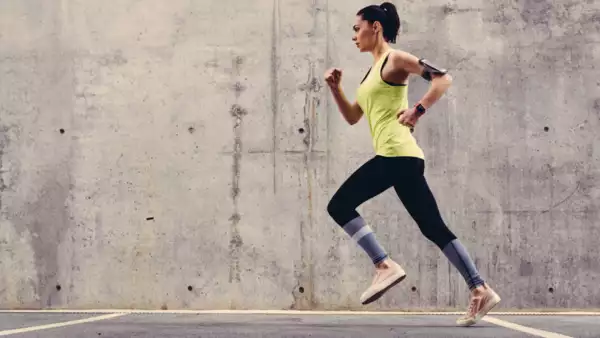5 mistakes that hurt your joints
One of the most important exercises for achieving both physical fitness and a healthy lifestyle is running. Because of its ease of use and accessibility, it’s a tempting option for many people attempting to improve their physical fitness. Although there are many benefits to running, there are hazards as well. Running ailments such as runner’s knee, stress fractures, and ankle sprains can result from improper running technique.Back discomfort and muscular imbalances might also result from it.
It may surprise you to hear that many runners inadvertently do activities that increase their likelihood of experiencing joint pain. You can remain running pain-free and safeguard your joints by avoiding these five common errors.
Overstriding: Lengthening your stride too much, especially when it comes to your knees, might put more impact strain on your joints. This persistent tension may eventually aggravate arthritis and degrade joints. When running, stick to a shorter, more natural stride to reduce this danger.
Ignoring Pain: “A common mistake among running enthusiasts is pushing through discomfort,” says Dr. Hemant Sharma, Chairman of the Department of Trauma and Orthopaedics and Joint Replacement at Marengo Asia Hospital, Gurugram. Although it’s important to push yourself, neglecting persistent joint pain can make it worse. When you feel pain during or after a run, pay attention to your body and get help from a doctor.
Leaving out the warm-up and cool-down: Joint injuries may occur more frequently if appropriate warm-up and cool-down exercises are not performed. Dynamic stretches and mobility exercises prior to a run prepare muscles and joints for activity, while stretches for flexibility and recuperation after a run assist reduce joint tension.
Bad Running Form: Running with bad form increases the chance of injury and puts extra strain on joints. It is important to fix common technique errors including overpronation, hunching over, and heel striking. By evaluating and improving your running technique, you can lessen the strain on your joints by speaking with a physiotherapist or running coach.
Inappropriate Footwear: Because they don’t absorb enough impact, poorly fitting or unsupportive shoes can exacerbate joint strain. Shoes with a flat sole that resemble walking barefoot may encourage a more natural stride and foot position. To avoid such injuries, nevertheless, switching to minimalist running or zero-drop shoes should be done gradually.
Pace runs should be included in your training once a week to improve your overall running performance. Running at a pace that is comfortably taxing and slightly quicker than your lactate threshold increases the amount of lactate your body efficiently processes, which allows you to go farther and faster.
Using these techniques and being aware of your body’s signals will help you turn running into an accomplishment and mindful exercise experience. While running should be joyful, chronic discomfort should be evaluated by a medical practitioner for individualized treatment.
What is hemophilia? Professional advice on how to handle it

